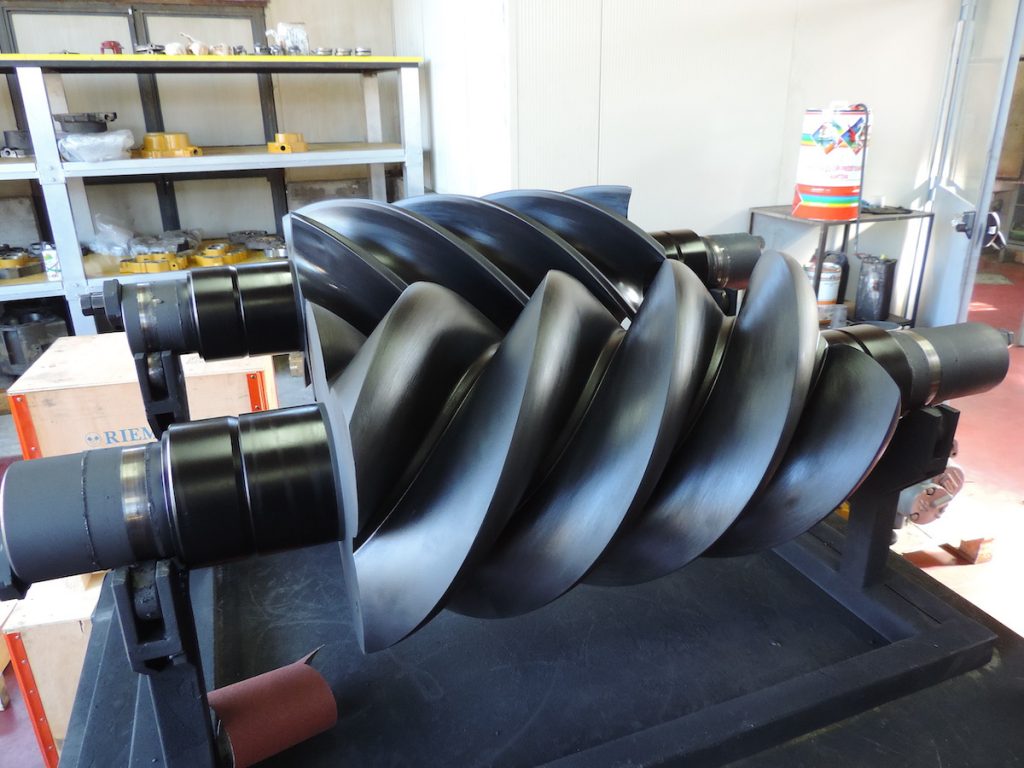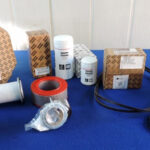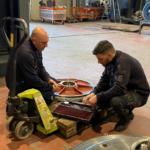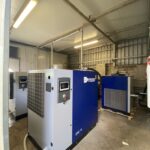How to adjust a volumetric compressor

November 3, 2023
Volumetric compressors, known for their multiple compression chambers sealed on the intake side, play a crucial role in various industrial applications. As air or gas is drawn into these chambers, the volume decreases until the desired pressure is reached, allowing the compressed medium to be discharged through the exit system. Adjusting these compressors is essential to maintain operational efficiency and to adapt to the varying demands of industrial processes.
Riem Italy, with a nationwide presence in Italy, is an expert in maintaining and marketing air compressors, dryers, and constructing compatible oil-free spare parts. They specialize in optimizing energy and mechanical performance through careful analysis and customized volumetric control solutions.
Now, let’s delve into the steps for regulating a volumetric compressor effectively
Step 1: Identify the Adjustment Method
Choose the most suitable adjustment method for your compressor based on its size and application. Common methods include:
- Pressure release
- Bypass
- Inlet throttling
- Throttled inlet with pressure release
- Start/Stop
- Speed regulation
Step 2: Preparation for Adjustment
- Ensure that the compressor is turned off and depressurized before making any adjustments.
- Consult the compressor’s manual to understand the machine’s limits and specifications.
- If necessary, wear personal protective equipment to ensure your safety during the process.
Step 3: Pressure Adjustment
- For the pressure release method, check the settings of the servo valve and the regulator.
- If using a bypass system, inspect the cooling and re-entry path of the air to ensure it’s clear from obstructions.
- For inlet throttling, adjust the valve to achieve the desired flow reduction.
Step 4: Start/Stop Adjustment
- Check and adjust the control system that starts and stops the motor based on the pressure levels reached.
Step 5: Speed Adjustment
- If your compressor has variable speed capabilities, use a frequency inverter or a variable frequency drive (VFD) to set the optimal speed.
Step 6: Testing and Monitoring
- After making adjustments, start the compressor and closely monitor its operating parameters to ensure it operates within safe and desired limits.
- Confirm that the output pressure is stable and that the energy consumption is optimized.
Step 7: Routine Maintenance and Checkups
- Perform periodic checks to ensure the compressor maintains the desired settings over time.
- Conduct predictive maintenance to prevent machine downtime and to ensure maximum energy efficiency.
Step 8: Professional Support
- If you’re uncertain or for more complex adjustments, do not hesitate to contact Riem Italy’s technical support or a professional expert.
- Consider the use of remote monitoring systems for more effective management and energy optimization, such as those provided by Riem Italy.
Following this procedure helps to keep your volumetric compressor in optimal condition, maximizing efficiency and minimizing energy consumption. Riem Italy can assist you in the process with their expertise and customized services.






